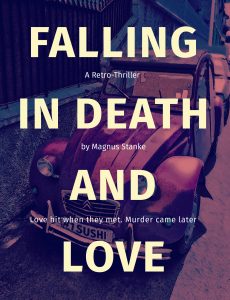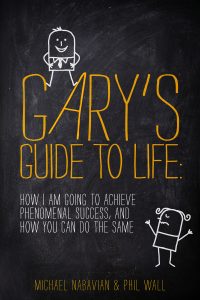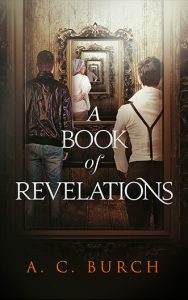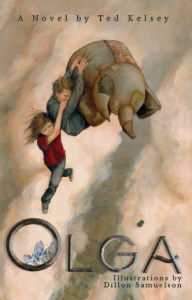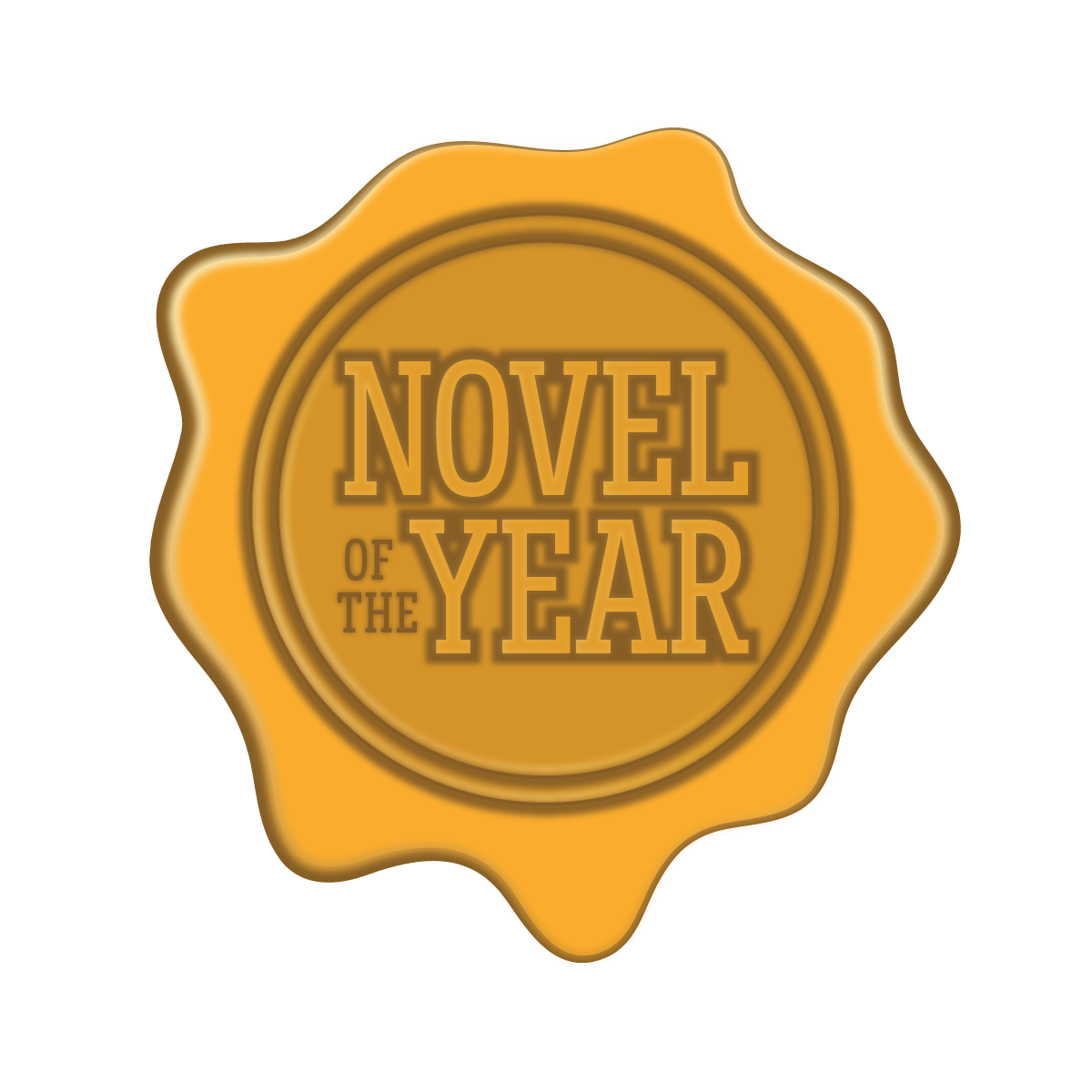The Rundown
The Recommendation
The Rating
The Links
The Reviewer
Lauren Faulkenberry
Visit Lauren Faulkenberry‘s website.Well, writers, we're in the home stretch of National Novel Writing Month. If you find yourself running out of steam at this critical point, don't fret. We've all been there. Sometimes you just need to take a step back and re-evaluate for a minute before you proceed towards the finish line. If you need a little boost in momentum, here are some tips to sustain your creative energy and keep your word count on the rise through our final days.
1. Don’t let the word count scare you. Break things down into manageable pieces. NaNoWriMo asks you to write 50,000 words. That’s 1667 words per day, or about 7 pages. If you've come up short some days, don’t worry. You can put in some extra time during this last third of the month. We all fall off the wagon sometimes, but the important thing is to keep going and create some daily writing habits that will continue to help you in the future. You got this, ace!
2. Remember my recent article about making yourself a road map? The last time I wrote a novel in a month, I made myself a rough outline with some key events that needed to happen. I laid out some basic cause and effect and presto—the scaffolding was there. Then it was just a matter of filling in the details. Once I had a framework for the big picture, I was able to think of the novel in terms of scenes that needed to happen. And writing scene by scene was a lot less daunting than thinking in terms of chapters or acts. (For more about writing in terms of cause and effect, check out Building a Believable Chain of Events in Your Novel by Steven James.)
3. Remember your setting is a character, too—don’t skimp on the description. When I was doing research for my Bayou series I made a Pinterest board to collect images for reference. I’d visited Louisiana a few times, but when I wanted to pull in specifics (kinds of trees, particular birds, details about Craftsman houses) I looked to the internet for photos to jog my memory. Sometimes, if I was just having a bad writing day, I let myself do some photo research to inspire me—and sometimes I did a little free writing exercise based on a photo to get myself warmed up. Now, as a bonus, the page is still up to let readers see what inspired me as I was writing. When you’re world-building, you need to be specific. Photos can help you see things in more detail.
4. Take the time to develop your characters. Write a profile of each one and take the time to give them unique eccentricities. In a recent blog post, I confessed that my characters ARE in fact based on real people, but not in the way you might think. Most are a composite of lots of people I’ve known, but every character I write draws from real experiences at some point or another. Let your memories guide you and give you specific details that will create memorable characters. It’s the specifics about characters that really make them interesting. Jane Friedman also has some great tips about writing from life experiences in her article What It Means to Be Fierce on the Page.
5. NaNoWriMo is about creating momentum. Give yourself a schedule to stick to: whether it’s two hours a day or a ten-hour writing binge on the weekend. On days when you have short windows of time, try a setting or character exercise to get some words out on the page. I used to write short scenes during my lunch breaks, and would then flesh them out when I got home to my writing space. Just getting down some bare bones of scenes would help me move the story along in my head so I could keep building the plot and creating more conflicts.
6. Don’t let your inner editor hijack your writing. If you’re like me, your inner editor likes to rear its wily head in search of typos, plot holes, and generally second-guess you any time you start thinking a little too hard. Remember, this month is about moving ahead. Don’t let the editor slow you down. Remember Anne Lamott’s Bird by Bird? That lovely chapter called “Shitty First Drafts”? Do yourself a favor and re-read it this month (You really should read the whole book, but this will get you started.) Distill it into a mantra that you can repeat each day to beat back the editing beast. This month, it’s all about pouring your story out, page by page. Let yourself go and let the editor take over later—that’s what the revision process is for.
7. Don’t let yourself get writer’s block. If you’re stuck at a point in your story and can’t seem to move forward, jump ahead to another scene you want to write and fill the the gaps later. If you know you want to write a scene where character A meets character X, skip ahead and write that—it just might help you fill in the other parts that have you stalled. For me, novel writing entails a lot pf problem solving, and sometimes that means temporarily leaving one problem to work on another. For more tips, check out Sage Cohen’s 2 Keys to Unlock Your Momentum.
I’ve got my coffee, got my photo references, got my outline for Novel #3. NanNoWriMo, let’s do this.


